Pearl Buck was born in West Virginia to missionary parents who took their three-month-old infant daughter to China in 1892 “to answer a call from the Lord.” She grew up, as she described it, in both the “small, white, clean Presbyterian world of my parents” and a “big, loving, merry, not-too-clean Chinese world.” In a very real sense, Buck actually was Chinese – except for college, she spent her first 42 years the Middle Kingdom. Mandarin was her first language, and she mentally composed her prose in Chinese before writing in English. In her memoir, she wrote, “When I was in the Chinese world I was Chinese, I spoke Chinese and behaved as a Chinese and ate as the Chinese did, and I shared their thoughts and feelings.”
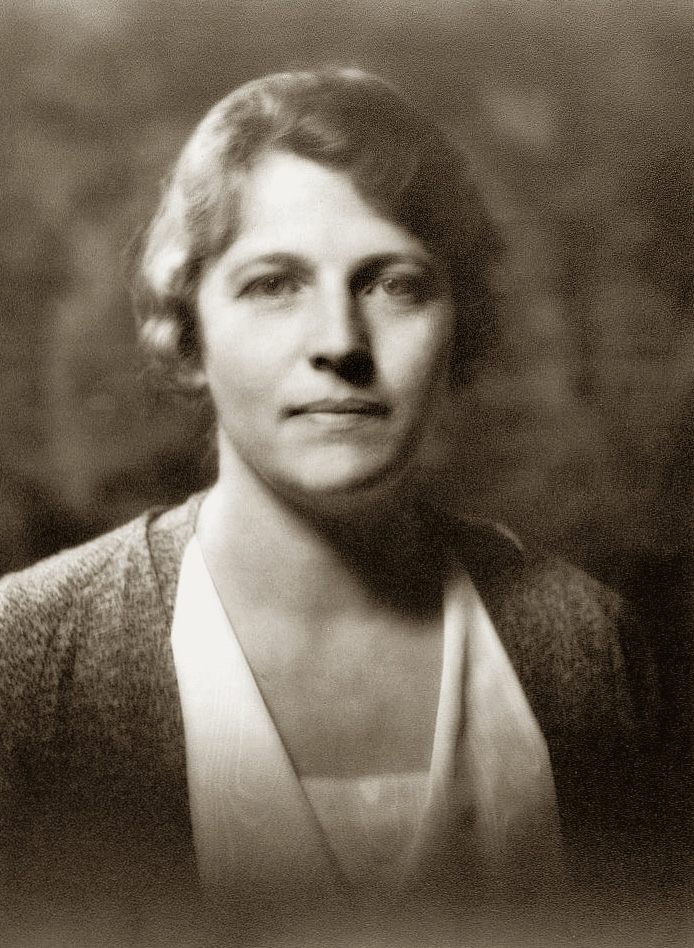
The Good Earth
In 1931, Buck wrote The Good Earth, which for the next two years became the best-selling book in the United States, later winning the 1932 Pulitzer Prize. The story tells the tale of a Chinese peasant family’s changing fortunes as they negotiate a precarious existence through a rural famine, one made harrowingly real by Buck’s attention to detail and insight into the darkness of the human heart. Her depictions of harsh rural Chinese life may have been rooted in her life growing up in the countryside, as well as in the stories she heard as a high school teenager in Shanghai where she volunteered at The Door of Hope, a Christian relief organization for destitute girls.
The Good Earth, offered generations of Americans a mostly sympathetic view of the Chinese people, heavily influencing the West’s understanding of life in China. But the Chinese government did not seem to appreciate that it was the book’s focus on the hardships of rural Chinese life that had elicited a sympathetic reaction in Western readers. When MGM shot a movie version in China in 1934, the Chinese government was concerned that the film might depict a country of ignorant peasants. MGM complied with government requests to include anachronisms such as tractors instead of water buffalo and that the village women wear flowers in their hair. Despite this cooperation, the director’s house was burned to the ground and the film destroyed with sulfuric acid just before the crew returned to the USA. Buck blamed the sabotage on government actors, and the final movie version had to be shot in the USA.
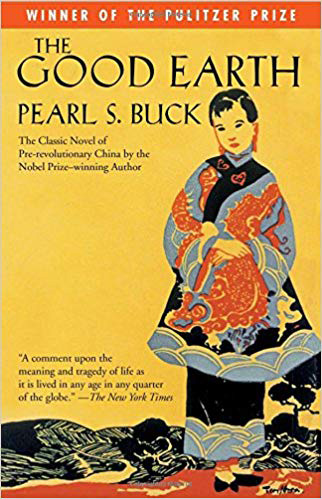
The book is set mostly in Zhenjiang, the town (now a city) where Buck grew up, and also, probably, in the nearby city of Nanjing, where she wrote The Good Earth while teaching at Nanjing University. Today in Zhenjiang, the residents still use every available square inch to plant crops, a reminder of the rural roots of many Chinese.
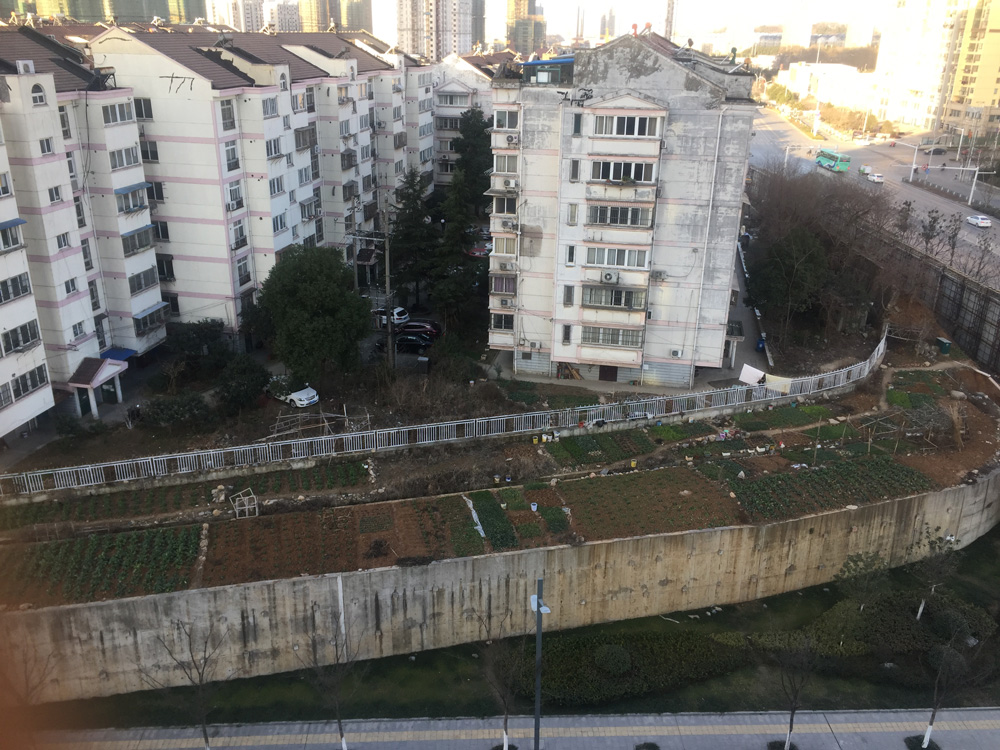
Buck’s girlhood homes and museum
Pearl Buck’s Zhenjiang childhood home somehow managed to survive the destruction of the Cultural Revolution and is now a Chinese historical landmark. The home is open to the public and contains furniture, clothing and decorations said to have belonged to Buck and her family.

Interior of Pearl Buck’s house 
Interior of Pearl Buck’s house 
Interior of Pearl Buck’s house 
Interior of Pearl Buck’s house
Pearl Buck’s childhood home, Zhenjiang
An entire two-story museum sits next door to Buck’s childhood home with descriptions, papers and mementos relating to major events in Pearl Buck’s life. It also displays dozens of old editions of her more than 85 books. The museum registry shows around 20 visitors per day, about 90% Chinese, most of whom know Pearl Buck by her Chinese name, 赛珍珠, which means “precious pearl.” The museum makes no mention of the fact that the Chinese government’s attitude towards Buck was not always so welcoming. The 1949 Communist Revolution in China took place while she was out of the country, and she wrote articles and even a book critical of the Communists. This offended the new Communist government to the point that she was never allowed back into the country, even when she was to accompany President Nixon as a cultural advisor on his trip to China. Buck had not anticipated that she would be permanently banned from her home in China. The letter denying her entry shocked her.
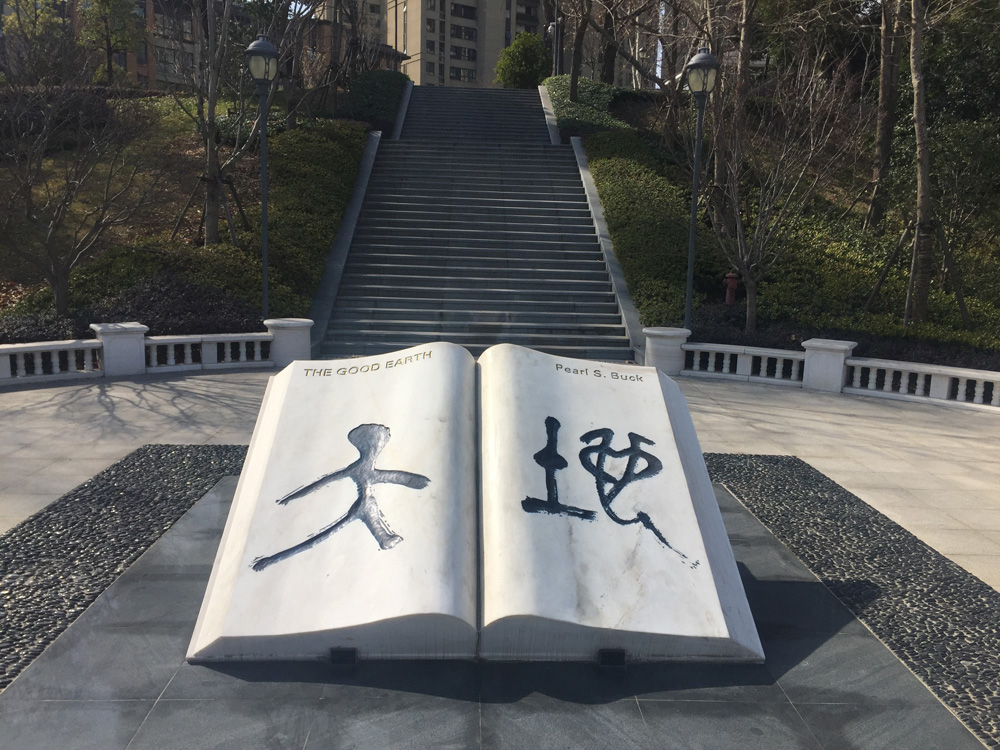
“The letter—the letter!” she wrote. “It lies there like a living snake on my desk—a poisonous snake. . . . [It] threatens me now and refuses to allow my return to the country where I have lived most of my life . . . [it] is an attack, not a letter. It is violent, it is uninformed, it is untruthful.”
Nanjing University has preserved the house where Pearl Buck lived and wrote The Good Earth. When I had trouble finding the home, I showed Pearl Buck’s Chinese name to some friendly students who went out of their way to take me to her house, which unfortunately was closed that day. Nanjing University has two campuses. Make sure to go to the Gulou campus, where the house is located.
In addition to Zhenjiang, Buck aficionados can visit Lushan Park in Jiangxi Province, a beautiful mountain resort area, now a UNESCO World Heritage Site, where the Buck family had a summer home, which is open to tourists (but also closed on the day I was there). There is also a well-preserved stone church where Buck’s father ministered, and Lushan has plenty of hiking trails through beautiful lush forests and a cable car that offers great views of the surrounding mountains and, on a clear day, a waterfall.

Church where Pearl Buck’s father ministered 
Lushan Park
Pearl Buck’s Legacy
In her work outside writing, Buck undertook to raise awareness of the harm that racist attitudes can cause, long before this was a popular cause. She began an adoption agency that was the first to focus on cross-racial adoptions of Asian and mixed-race children who had previously been considered unadoptable. She also founded The Pearl S. Buck Foundation, which still exists today and states its mission as “bridging cultures and changing lives through humanitarian aid, [and] intercultural education….”
Perhaps one reason for the Chinese government’s rehabilitation of Pearl Buck is probably her rarity as a popular Western celebrity who gave voice to a Chinese sense of nationhood. For example, when the U.S. supported Chiang Kai-shek’s takeover of Taiwan, she asserted that “there is not the slightest chance” that China would ever agree to Taiwanese independence. As well, what the Chinese government once viewed as embarrassing descriptions of rural poverty no longer so strongly reflect the daily life of most Chinese people. When Buck wrote her books, 90% of Chinese lived in rural areas. Now that number is only 40%. The story told in The Good Earth is a profound reminder of how modernization can quickly change the rhythm of daily life.
While Buck is now highly thought of in China, in the West her writing is not given a place in the cannon. Her books are valued more for their historical documentation of Chinese life, instead of a literature with universal themes probing the depths of human existence. Perhaps in response to or in anticipation of such criticisms, Buck made the following remarks in her 1938 Nobel Prize acceptance speech:
“It is the Chinese and not the American novel which has shaped my own efforts in writing…. [I]n China, art and the novel have always been widely separated. There, literature as an art was the exclusive property of the scholars, an art they made and made for each other according to their own rules, and they found no place in it for the novel…. [Scholars] did not see it being created before their eyes, for the people created the novel, and what living people were doing did not interest those who thought of literature as an art. If scholars ignored the people, however, the people, in turn, laughed at the scholars.… [S]tory belongs to the people. They are sounder judges of it than anyone else, for their senses are unspoiled and their emotions are free. No, a novelist must not think of pure literature as his goal…. to farmers he must talk of their land, and to old men he must speak of peace, and to old women he must tell of their children, and to young men and women he must speak of each other. He must be satisfied if the common people hear him gladly. At least, so I have been taught in China.”
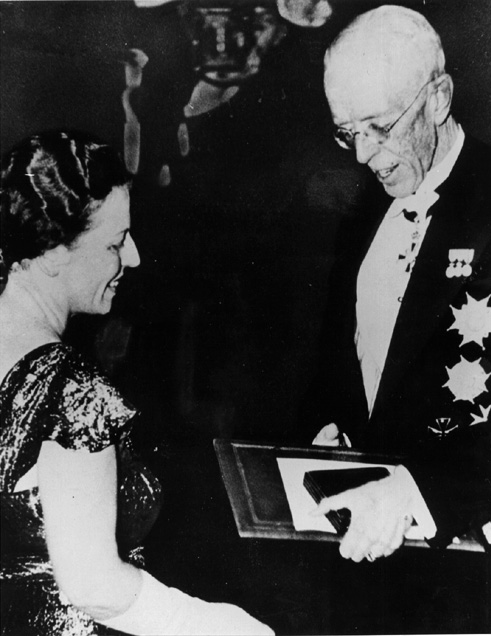
Traveling there
Entrance to Lushan park costs around 200 RMB, the equivalent of about $30 US dollars. Keep your ticket with you wherever you go in order to access museums, the cable car, and other locations in the park. The food can be very expensive since the park is popular mostly with well-heeled Chinese, not with foreign travelers. For this reason, English is not widely spoken. While I got by with my Chinese, the people are very friendly and may be patient enough for some online translation. Nanchang Airport is 70 minutes away by taxi. The closest rail station to the park is Jiujang station, not Lushan station. From Jiujang, you can take a taxi into the park. For the latest details on the ever-expanding and updating Chinese railway system, there are various websites, such as Wikitravel, that may have the most current information.

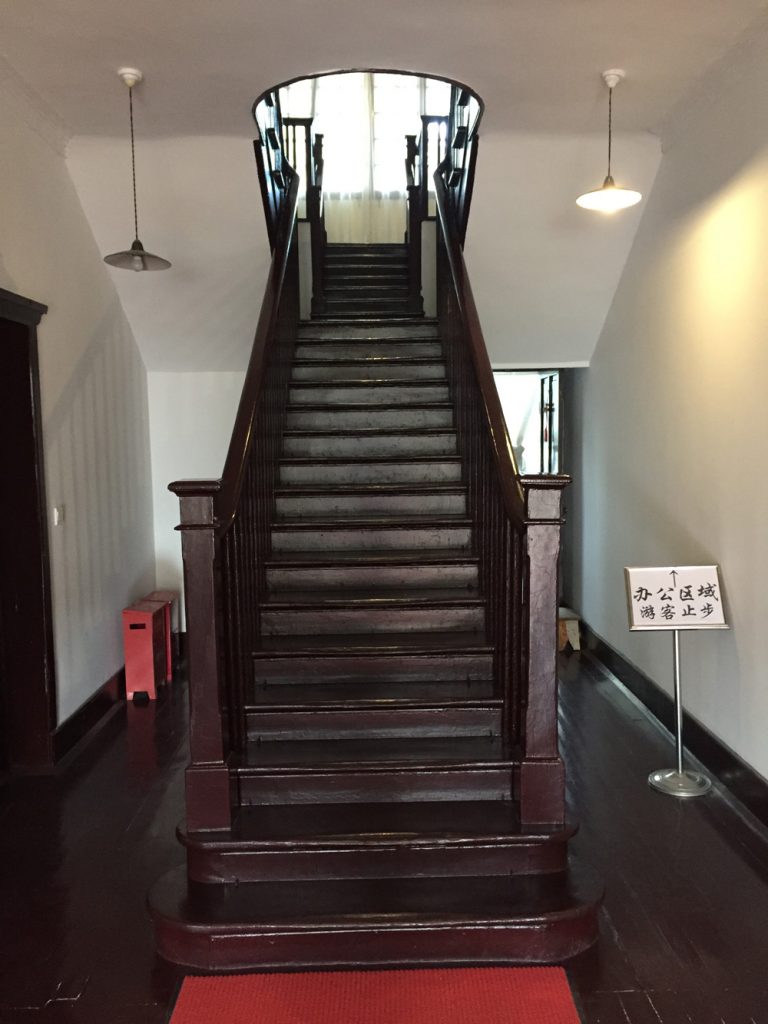
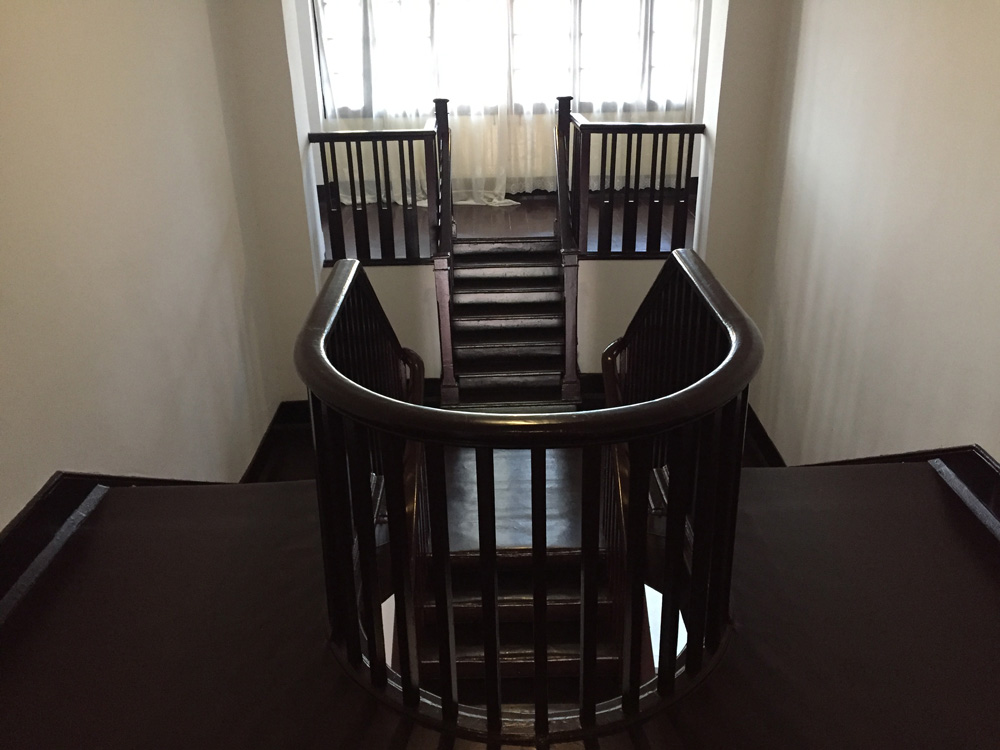
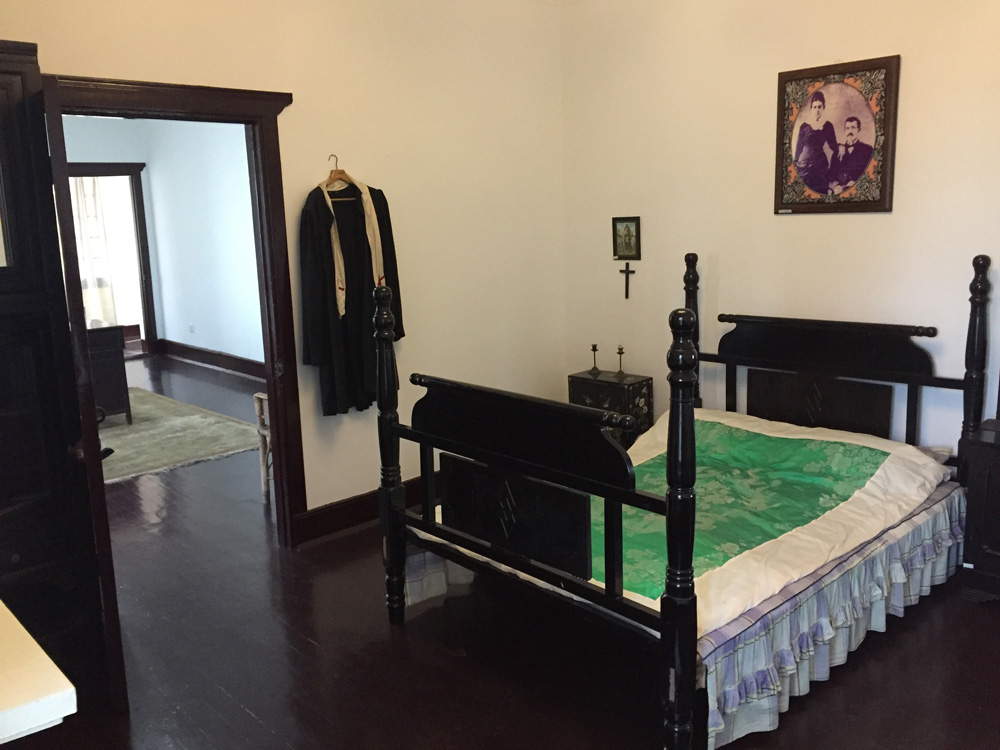
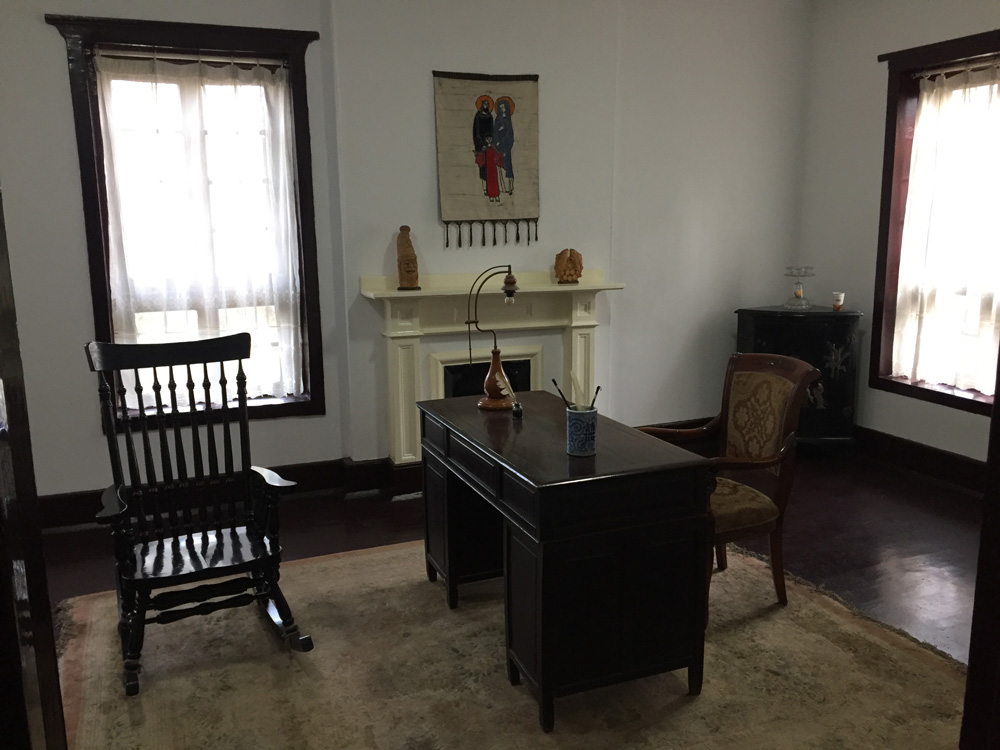
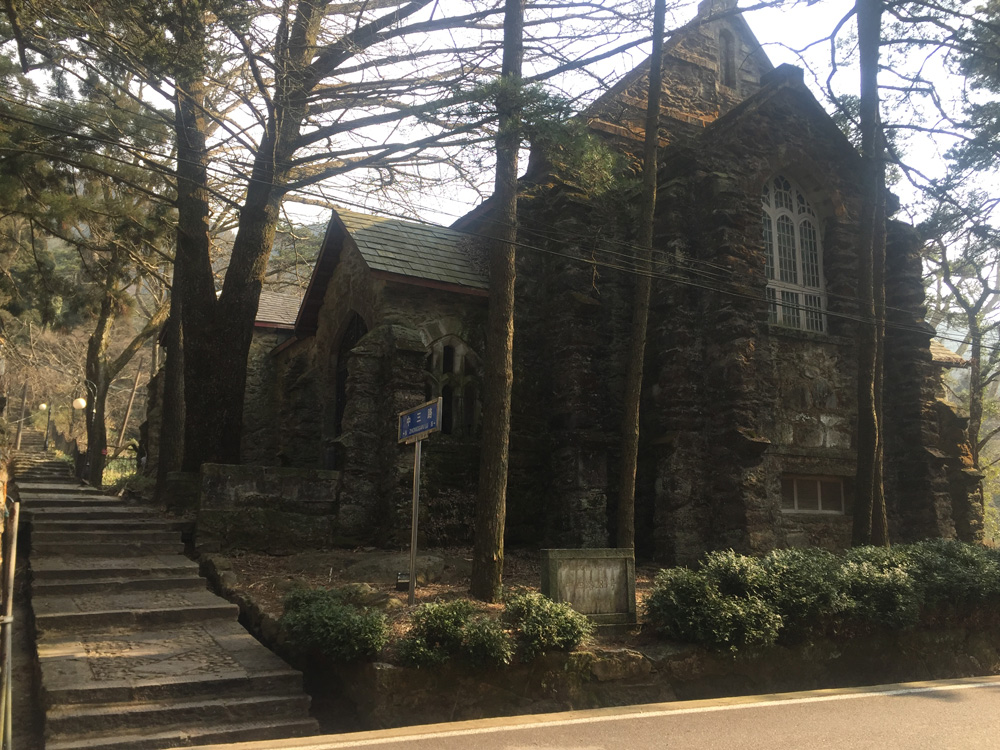
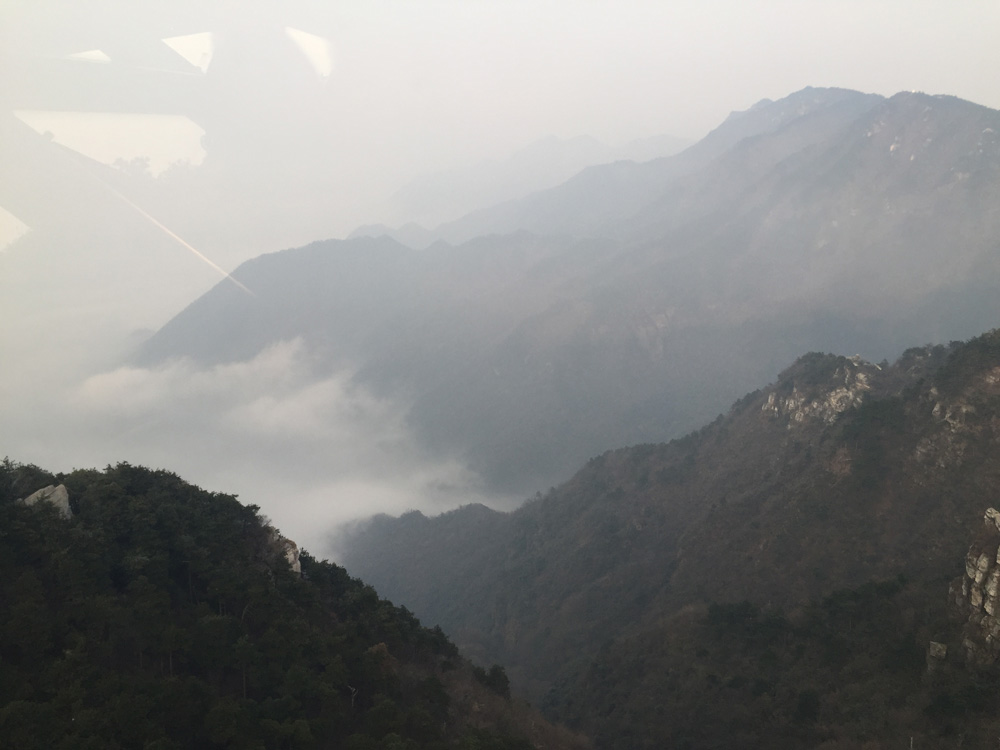
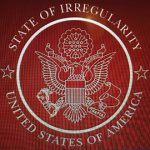
 Not to mention a great, very readable introduction to the legal problems of many of today’s international free trade agreements. And so I’m offering a free download here of the first 8000 words or so. And if you agree that it’s a worthwhile read, you can find it on Amazon where it’s looking for a good home. Thanks for taking a look. And if you would also like a free 10,000-word novelette that is indeed set in Asia during my years living in Shanghai, it’s available in exchange for a valid email address. I hope my stories leave you happy and laughing!
Not to mention a great, very readable introduction to the legal problems of many of today’s international free trade agreements. And so I’m offering a free download here of the first 8000 words or so. And if you agree that it’s a worthwhile read, you can find it on Amazon where it’s looking for a good home. Thanks for taking a look. And if you would also like a free 10,000-word novelette that is indeed set in Asia during my years living in Shanghai, it’s available in exchange for a valid email address. I hope my stories leave you happy and laughing!

I enjoy your summaries and comments on books I read as a young world traveler in the 70’s. I was hungry for literature in the remote places I lived. Malaysia, Yap Island, and Iran. And lots of boats, ships, trains and walk-abouts.
Now, I continue my 45 years of relationship on Faraulep Atoll as world events and transportation allow. The diaspora of that isolated atoll and the people there are my four generations of family.
Thank you.
Hi Dr. OBrien, thanks for your comment. It’s great to know there are people out there who get something from my lit-tourism articles. There’s a new one here, written back in February but just came out: https://www.literarytraveler.com/articles/anthony-burgess-malayan-trilogy/
Do you have any recommendations for literature, old or new, fiction or non-fiction, around your part of the world? Will be looking for more material after the pandemic passes.
Apologies I did not see your comment sooner. Went to the wrong folder.
I like Pearl S. Buck… In the Good Earth quote: “At last the water in the pond dried into a cake of clay and even the water in the well sunk so low that O-lan said to him: ‘If the children must drink and the old man must have his hot water the plants must go dry.”
I tried to write a blog about her, hope you like it: https://stenote.blogspot.com/2019/01/an-interview-with-pearl.html